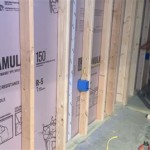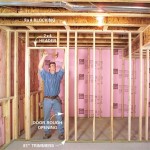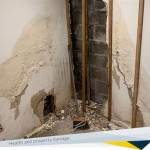Essential Aspects of a Rock Climbing Wall in Your Basement
A rock climbing wall in your basement can be an excellent addition to your home, providing a fun and challenging way to stay active. However, there are several essential factors to consider when planning and installing a climbing wall in your basement.
Safety First
Safety should be your top priority when it comes to rock climbing walls. Make sure the wall is constructed according to industry standards and meets all safety regulations. Use high-quality materials and ensure the wall is properly anchored to the basement structure. Invest in sturdy safety equipment, including ropes, harnesses, and crash mats, and ensure they are regularly inspected and maintained.
Space Requirements
The size of your basement will determine the dimensions of your climbing wall. Consider the height of the ceiling, the width of the wall, and the amount of space you have for a safety zone around the wall. A typical climbing wall for a basement ranges from 8 to 12 feet high and 10 to 15 feet wide, with a safety zone of at least 6 feet around the perimeter.
Materials and Construction
The type of materials you use for your climbing wall will depend on your budget and preferences. Plywood is a popular and affordable option, while more durable materials like fiberglass or concrete are suitable for more extensive and permanent installations. The climbing holds, which provide grips for climbers, come in various shapes and sizes. Choose holds that offer a variety of challenges and are appropriate for your skill level.
Lighting
Adequate lighting is crucial for a safe and enjoyable climbing experience. Install bright, evenly distributed lighting throughout the climbing area. Consider using a combination of natural and artificial light sources to minimize shadows and glare. Good lighting will improve visibility, allowing climbers to see the holds clearly and navigate the wall safely.
Accessibility
The climbing wall should be easily accessible from the basement. Clear the surrounding area of any obstacles and ensure there is enough headroom above the wall. Consider adding features like a ladder or stairs to make it easier to reach the top of the wall.
Customization
Once the basic structure is in place, you can customize your climbing wall to suit your needs and preferences. Add different types of holds to create a variety of climbing routes. Include overhangs, cracks, or other features to challenge yourself and make the experience more engaging. Experiment with different wall textures and paint colors to create a unique and personalized space.
By considering these essential aspects, you can create a safe, functional, and enjoyable rock climbing wall in your basement. Whether you're an experienced climber or just starting out, a climbing wall can provide a great way to stay active, build strength, and have some fun.

Basement Remodel With Rock Climbing Wall By Highcraft Builders Home Remodeling Plans

Clarkston Mi Finished Basement With Rock Wall Basements Plus

What Are The Best Climbing Wall Crash Mats For Indoor Bouldering

Clarkston Mi Finished Basement With Rock Wall Basements Plus

What I Learned About Software Development From Building A Climbing Wall Continuously Deployed

Diy Climbing Rock Wall In My Basement For The Kids Youtube

This Will Be My Basement Someday Home Climbing Wall Diy Indoor

22 Awesome Rock Climbing Wall Ideas For Your Home

Basement Rock Wall Outdoor Escape

Do It Yourself Climbing Wall The Created Home







